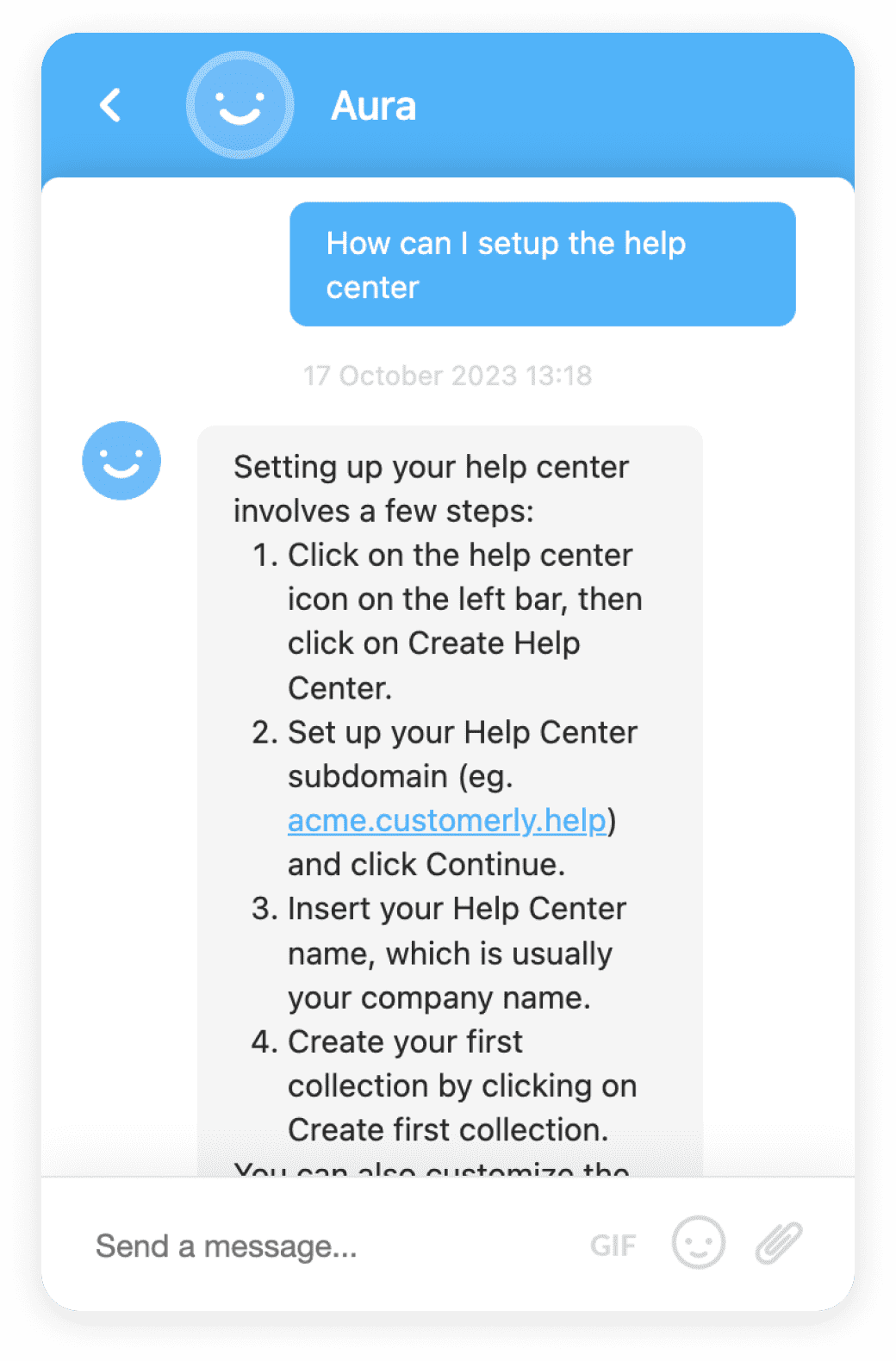Subscription Churn Rate
Subscription Churn Rate is a metric that calculates the number of subscribers who discontinue their service during a given time period. It's vital for businesses with subscription-based models.
Definition
Subscription Churn Rate is a business metric that calculates the number of subscribers or customers who cut ties with your service during a given time period. This could be due to various reasons such as dissatisfaction with the service, better competitor offers or lack of use. It is a critical metric especially in businesses that rely on subscription-based revenue models.
Usage and Context
The Subscription Churn Rate is used to identify the percentage of service subscribers who discontinue their subscriptions within a given time period. It is a vital measure of the growth and customer satisfaction of a company. High churn rates may indicate customer dissatisfaction, cheaper and/or better offers from competitors, more successful sales and/or marketing by competitors, or failure to successfully onboard new customers.
FAQ
What is a good Subscription Churn Rate?
A good churn rate would ideally be as low as possible, as this indicates a lower rate of customer loss. However, acceptable churn rates can vary widely based on the industry and nature of the business.
Can Subscription Churn Rate be reduced?
Yes, businesses can reduce their churn rate by improving customer satisfaction, offering competitive pricing, and implementing effective customer retention strategies.
Related Software
Some software that can help manage and reduce Subscription Churn Rate include ChurnZero, ProfitWell, and Baremetrics.
Benefits
Understanding your Subscription Churn Rate can help you determine how well your business is retaining customers, identify areas for improvement, and strategize on how to improve customer retention and loyalty.
Conclusion
In conclusion, the Subscription Churn Rate is a crucial metric for any subscription-based business. It provides insight into customer retention and loyalty, and can inform strategies for business growth and improvement.
Related Terms
CAC (Customer Acquisition Cost)
Learn about Customer Acquisition Cost (CAC), a key business metric that helps in understanding the cost of acquiring a new customer.CAC:LTV (Customer Acquisition Cost to Lifetime Value Ratio)
The CAC:LTV ratio is a business metric assessing the cost of acquiring a new customer against the revenue they generate over their lifetime.CLV (Customer Lifetime Value)
CLV or Customer Lifetime Value is a prediction of the net profit attributed to the entire future relationship with a customer. It is used to guide marketing, sales, and customer service strategies.Customer Lifetime Value
Customer Lifetime Value (CLV) is a predictive analysis technique used to calculate the total net profit a company can make from any given customer.Customer Lifetime Value Analysis
Customer Lifetime Value Analysis is a method used to predict the total value a company can derive from a customer throughout their relationship.Customer Retention
Customer retention refers to strategies used by businesses to encourage repeat business and loyalty from their existing customer base.Customer Retention Specialist
A Customer Retention Specialist is a professional responsible for managing customer relationships and ensuring customer loyalty and satisfaction.Retention Rate Improvement
In-depth explanation of Retention Rate Improvement, its usage, benefits, and strategies to improve it.











